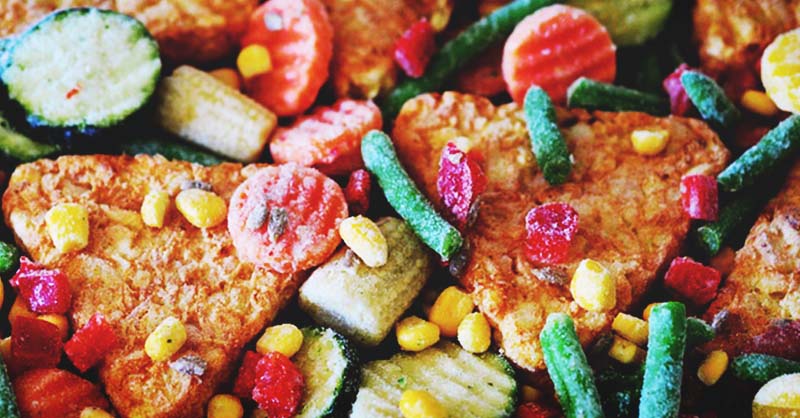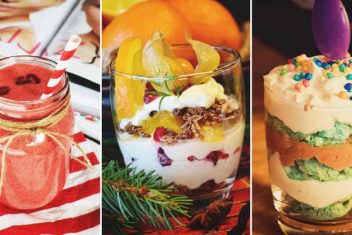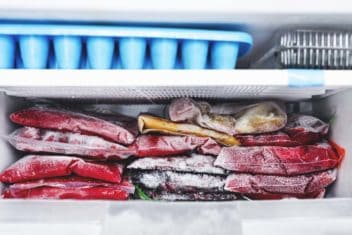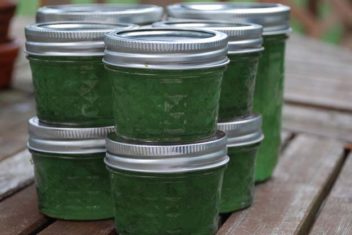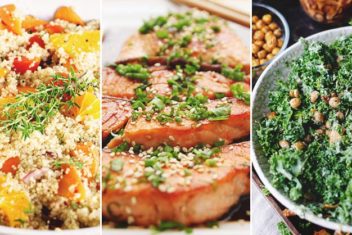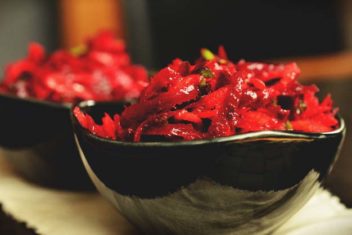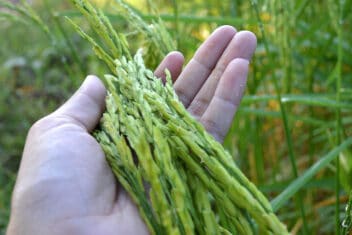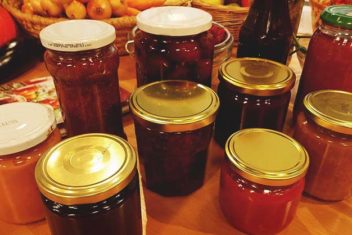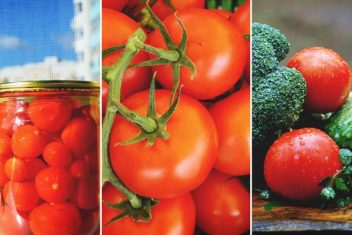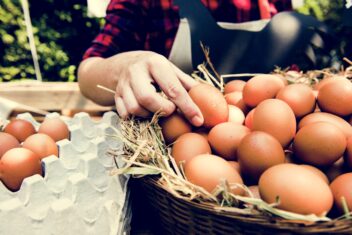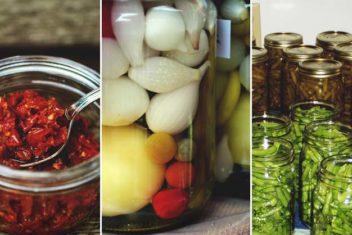Are you considering preserving some of your harvests? If you’re new to gardening and am curious about making your food last throughout the year, food preservation can feel like quite the mystery at first.
However, it doesn’t need to remain a mystery. Freezing is one of the easiest methods of food preservation.
I’m going to share with you how you can freeze your fruits and vegetables. Plus, I’ll fill you in on how you can use them once they’ve been frozen.
Here’s what you must know to properly freeze your fruit and vegetable harvest:
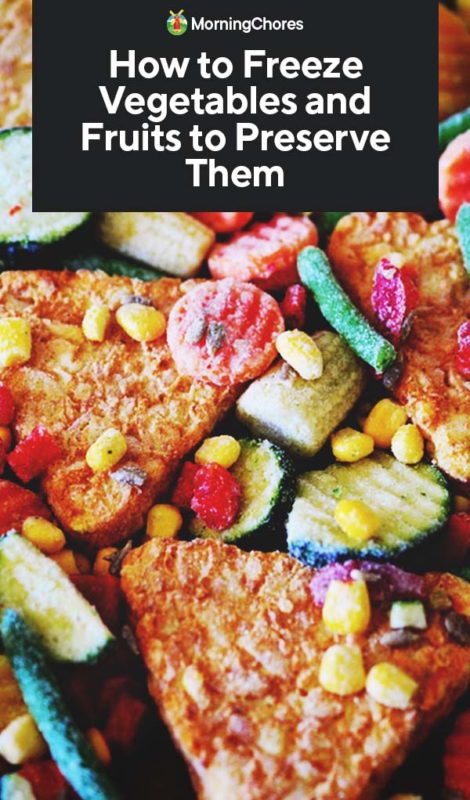
1. Know When to Freeze
When you decide to freeze fruits and vegetables, it’s important to do it at the right time. Don’t wait until they’re soft and have been sitting around a few days.
Instead, freeze them while they’re still fresh, firm, and optimally ripe. This will help keep their quality as they freeze.
2. Proper Storage
It’s important to freeze your fresh fruits and vegetables in proper containers or freezer bags. They’re usually of thicker quality and won’t be damaged in the cold.
Make sure you date your containers as well. Fruits will last for one year and vegetables will last for a year and a half. Dating the containers and bags helps keep track of how long they’ve been in storage.
3. Don’t Scrimp
It’s easy to toss fruits and veggies in a bag and not fill them to the brim. It’s important to make sure you do fill the containers or bags all the way up.
When filling the containers, remove as much air as you can. It will help the bags lay flat, freeze in better shape, take up less space in the freezer, and the ingredients will remain looking good.
4. If They Can Take the Heat, They Can Take the Cold
When choosing which vegetables work best in the freezer, consider how they hold up when you’re cooking them.
If they maintain their shape well when being cooked, they’ll maintain their shape while being frozen.
5. The Danger of Freezing Fruit
Many people (including myself) love to freeze their fruit harvest because it’s quick and easy. There is a downside to freezing fruit.
When you go to use it, try to enjoy it before the fruit has fully thawed. As the fruit thaws, it will begin to lose its texture and develop a mushy consistency.
6. Lay It Flat
It’s important to know how to store your frozen fruits and vegetables when in the freezer. It makes for much easier storage.
If you’re using freezer bags, spread the contents of the bag out, get all the air out, and make it to where the bag will lay flat. This allows you to stack bags, but it also protects the integrity of the contents of the bag.
When left to stand on its end, the items on the bottom will frequently clump and become damaged as the other fruits or vegetables rest on top of them.
Freezing Fruit
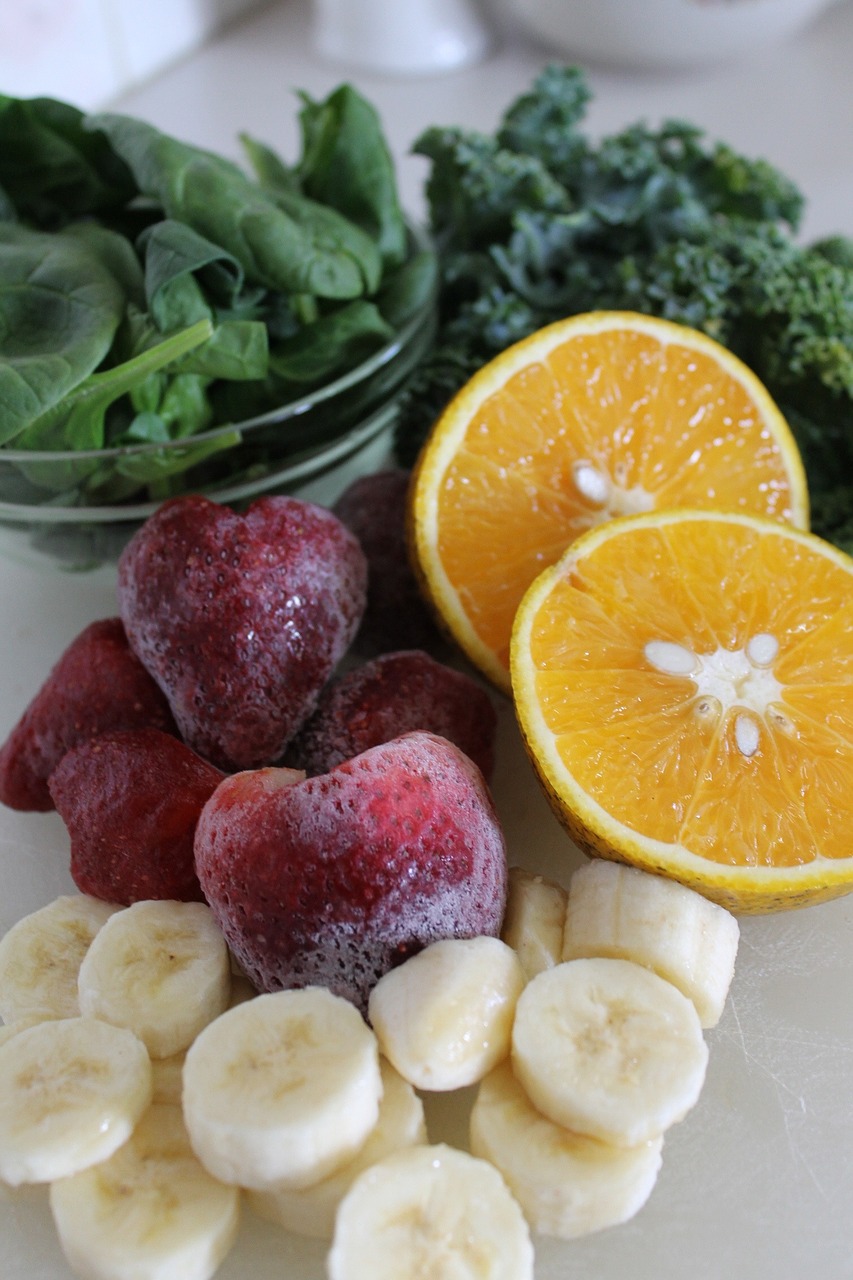
Freezing fruit is one of the simplest processes for preserving food. Here are the few steps it takes to freeze your fruit properly:
1. Wash, Dry, and Peel
You begin freezing fruit by washing it under cold water. Don’t be rough during this process. Run water over the fruit until all loose dirt and bugs have been removed.
Pat the fruit as dry as you can get it. If the fruit has skin (like an apple) peel the skin because it won’t freeze well.
2. Don’t Let It Brown
If you have fruit which will turn brown once their skin is removed (such as an apple), you should try to keep it from turning brown.
The easiest way is to soak the apples in lemon juice. It’s a good idea to slice the apple before soaking because it makes the process easier.
3. Slice into Manageable Pieces
If you have fruit which won’t brown, now is the optimal time to cut it into manageable sized pieces. Fruits (such as strawberries) will need to be sliced.
However, some fruits can be left as-is. Blueberries and blackberries can be bagged or placed in a container once they’re finished drying from their bath.
Freezing Vegetables
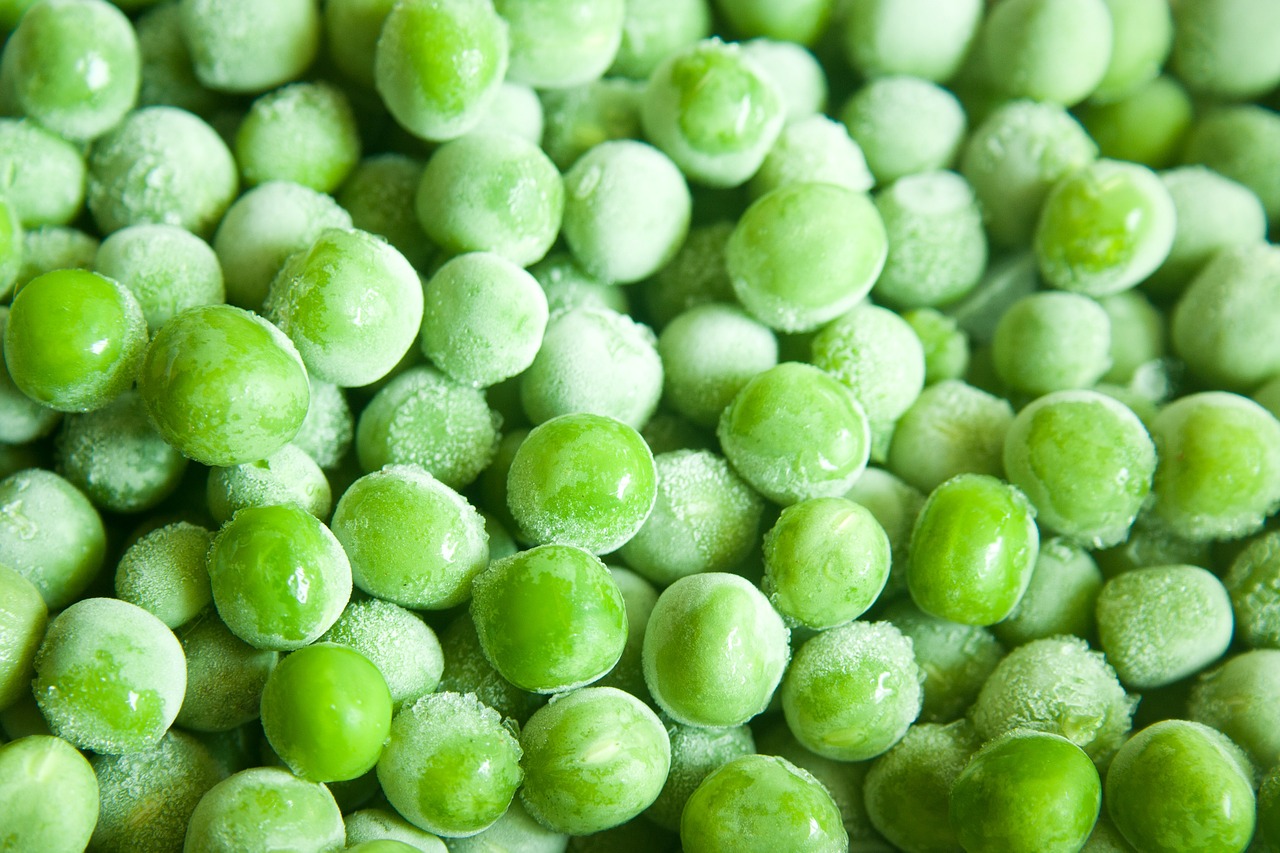
Vegetables are almost as simple to freeze as fruit. They have specific steps as well. Follow them and your vegetables should freeze beautifully:
1. Wash and Dry
You shouldn’t freeze dirty vegetables. It creates added work when you begin to cook a meal, and you don’t want to risk eating vegetables, which still have dirt or bugs on them.
Therefore, run them under cold water to remove any loose dirt. When finished, pat them dry to remove as much moisture as possible.
2. Add Some Boiling Water
Before you freeze vegetables it’s important to blanche them. The process is easy to do. You begin by placing the vegetables in a pot of boiling water for one minute.
Once removed, place them in a bath of ice water for approximately three minutes to fully cool them. Blanching helps the vegetables to hold their color, flavor, and nutritional value.
3. Store
After the produce have been blanched, it’s time to store it. Remember to use freezer grade bags or containers.
When in the containers, freeze them immediately for the best results. This will help your produce to last for over a year.
Which Fruits Won’t Freeze Well

There are some fruits which require special treatment when being frozen and some you shouldn’t bother freezing at all. Here’s what you should know:
1. Citrus Fruits
If you’re fortunate enough to have citrus trees, you should preserve your harvest. Citrus fruits do better when you zest them and juice them prior to storage.
Be sure to store the zest in one container and store the juice in another. If you freeze the fruit and try to do these processes later, it can prove challenging.
2. Watermelons
Almost all fruit will freeze beautifully. This is great for those who wish to enjoy fresh fruit year-round. However, there’s one fruit you should not try to freeze.
Watermelons don’t freeze well because of their high-water content. After spending some time in the freezer, they turn to mush.
How to Use Frozen Produce
Once you’ve put in the effort to freeze your produce, you may be wondering what you should do with it. Here are a few suggestions:
- Frozen fruit makes wonderful smoothies
- Turn frozen fruit into wine
- The fruit can be used in a parfait
- Frozen fruit makes cool treats for you and your chickens
- Frozen veggies are easy to boil or steam for a quick side dish
- Homemade cobbler, see this plum cobbler (#4) for ideas
- Pudding recipes, such as peach pudding (#25) and others
You now know how to freeze your harvest for a quick and easy preservation method. As long as you have the freezer space, you can store a harvest to last for the entire year in no time flat.
Hopefully this will help you to avoid waste in your garden and keep your family fed for less money throughout the year.

